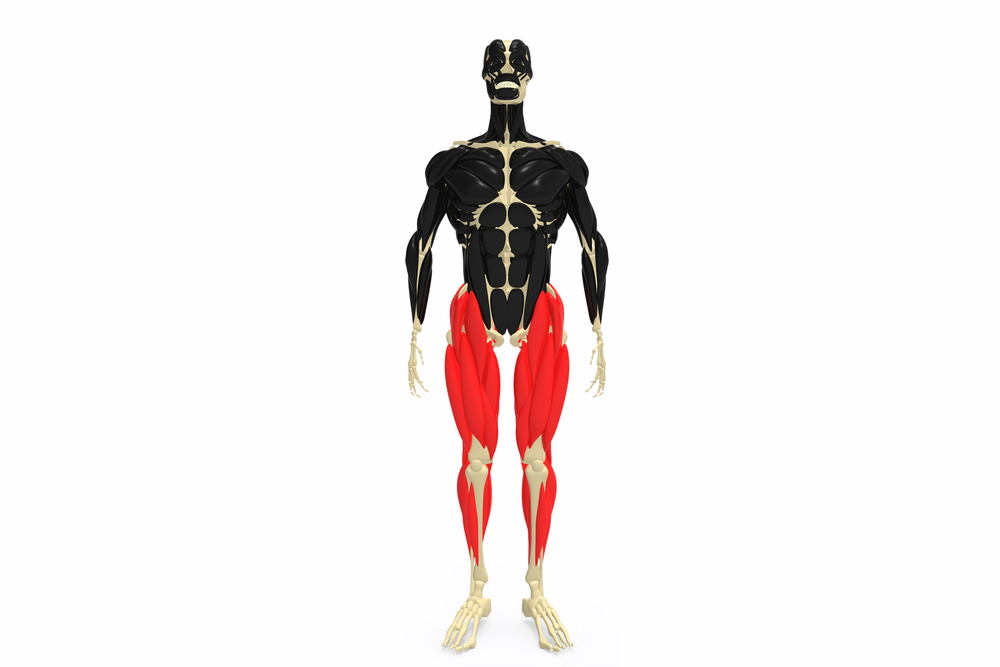Muscular Dystrophies Present Muscle-Selective Expression of Mutated Genes

In a new study entitled “Differential Isoform Expression and Selective Muscle Involvement in Muscular Dystrophies”researchers performed a microarray analysis on human muscles to identify the molecular cause underlying the selectivity of muscles affected in muscular dystrophies. Their findings suggest that overexpression of mutated genes in specific muscles are a major determinant for muscle selectivity in these disorders. The study was published in The American Journal of Pathology.
Muscular dystrophies (MD) are a group of diseases characterized by progressive skeletal muscle weakness due to mutations in genes leading to defective or loss of key proteins. While these mutations occur in genes that are present in all muscles, only a selection of those exhibit the dystrophic phenotypes. The molecular mechanisms underlying the selective involvement of certain muscles are still unknown.
Researchers hypothesized that different muscles may express different amounts of affected genes. Hence, to test this hypothesis the team used a comprehensive approach (by microarray) to analyze the muscle-specific genes transcriptome in human adult lower limb skeletal muscles. In total, 121 human muscle samples were dissected from 21 anatomically different muscles from both men and women (eight men and seven women, with a mean age of 76 years).
The authors detected significant variations in gene expression, as well as its isoforms, in anatomically different muscles. Moreover, they identified a correlation between the muscles involved and the degree of expression of mutated genes: sequences within genes harbouring mutations were overexpressed in the most severely affected muscles in early-onset Laing distal myopathy (a disease caused by mutations in the rod domain of the slow myosin heavy chain gene (MYH7)); late-onset tibial muscular dystrophy (caused by mutations in the titin (TTN) gene); adult-onset hereditary myopathy with early respiratory failure (caused by a different set of mutations in the TTN gene).
These findings thus suggest that the different levels of expression of mutated genes and isoforms, within different set of muscles, are a key determinant for the selective pattern of muscles involved in muscular dystrophies. Further studies are necessary to confirm these findings and explore new therapeutic strategies.






